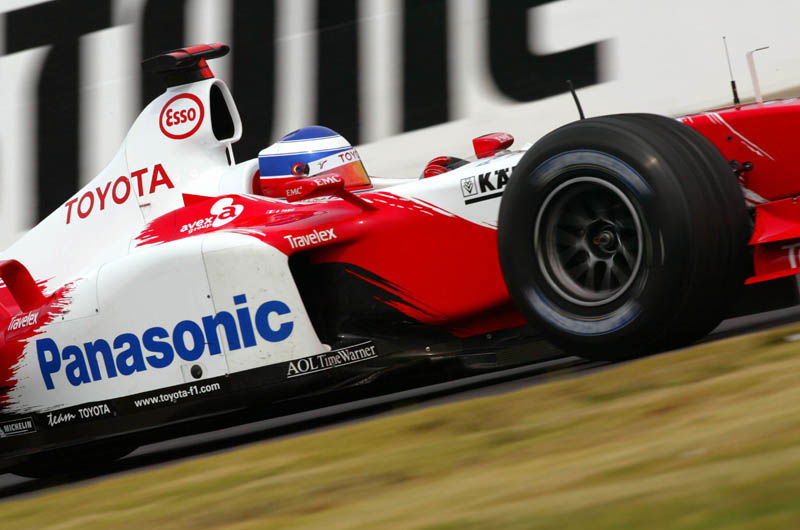Renault on track with R24 monocoque.
Less than two weeks after the final race of the 2003 season, the production of a key element of the new Renault Formula One chassis is well underway.
Producing a new carbon-fibre monocoque does not happen automatically once its design has been finalised on the drawing office computers. The production phase cannot afford to leave anything to chance, and the technology used in the workshops at Enstone is cutting-edge.
Less than two weeks after the final race of the 2003 season, the production of a key element of the new Renault Formula One chassis is well underway.
Producing a new carbon-fibre monocoque does not happen automatically once its design has been finalised on the drawing office computers. The production phase cannot afford to leave anything to chance, and the technology used in the workshops at Enstone is cutting-edge.
The first stage of the process involves producing upper and lower moulds which will enable the team, after the laying up of the laminates, to produce the first chassis.
"The car begins life in the form of 50mm-thick epoxy sheets," explains Colin Watts, composites manager at the team's Enstone factory in England.
The drawing office issues a very detailed plan which is then realised in the form of resin patterns that reproduce the form of the part to be manufactured.
"The technicians cut the epoxy by hand according to the designs provided, and place the sheets side by side," Watts continues, "They are then glued together, with two metal stems running through them vertically to ensure they remain fixed in place. This whole assembly is placed in a big plastic bag, we extract the air, and then 'cook' it in the autoclave at a pressure of 100psi. When the resin has completed this process, the whole assembly is as solid as a rock."
By this stage, a little imagination allows you to deduce the shape of the monocoque, in three separate parts - upper left and right, and the lower half.
The second stage of the process involves machining the monocoque 'shapes' into something closer to the finished product by two five-axis machines, one of which is brand new. These machines work to a precision of 0.05mm, and programming the chassis machining alone requires forty hours' work.
"They are computer controlled, and grind and mill the epoxy assembly," explains operations director John Mardle, "At this stage, the main aim is to rough out the shape. Then, bit by bit, the tools used become more and more delicate, until the result is almost perfect. After 160 hours' work, what at the beginning of the process was a rough staircase of piled-up epoxy sheets has become a 90 per cent accurate representation of the final result."
The moulds for the monocoque are produced from these final patterns, so the surfaces need to be millimetre perfect. The tiniest defect would be replicated on the six chassis produced during the year, and could cause a serious delay in the build of the new car.
"When we receive the finished resin assembly, we then need to prepare it for taking the moulds," Watts concludes, "We use a very fine sandpaper to remove the last traces of the machining, paint the part black and then apply a high-shine polish. For some parts, however, we coat the resin in a very low-friction material instead - a little like you find on non-stick frying pans!"
At this point, the three parts of the monocoque are ready for the moulds to be taken. The countdown to Melbourne is well underway.

